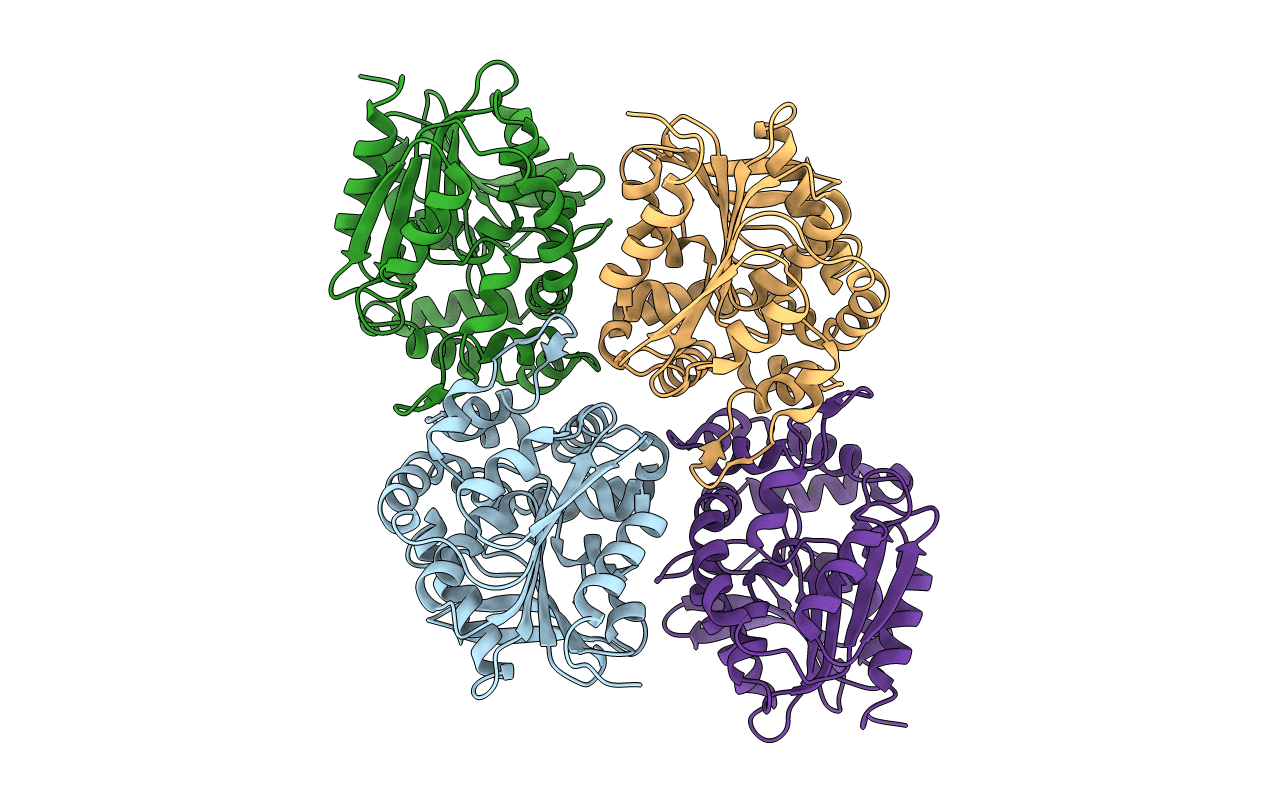
Deposition Date
2009-10-22
Release Date
2010-01-26
Last Version Date
2024-11-27
Entry Detail
PDB ID:
3KDA
Keywords:
Title:
Crystal structure of the CFTR inhibitory factor Cif with the H269A mutation
Biological Source:
Source Organism:
Pseudomonas aeruginosa UCBPP-PA14 (Taxon ID: 208963)
Host Organism:
Method Details:
Experimental Method:
Resolution:
1.50 Å
R-Value Free:
0.18
R-Value Work:
0.16
R-Value Observed:
0.17
Space Group:
C 1 2 1


